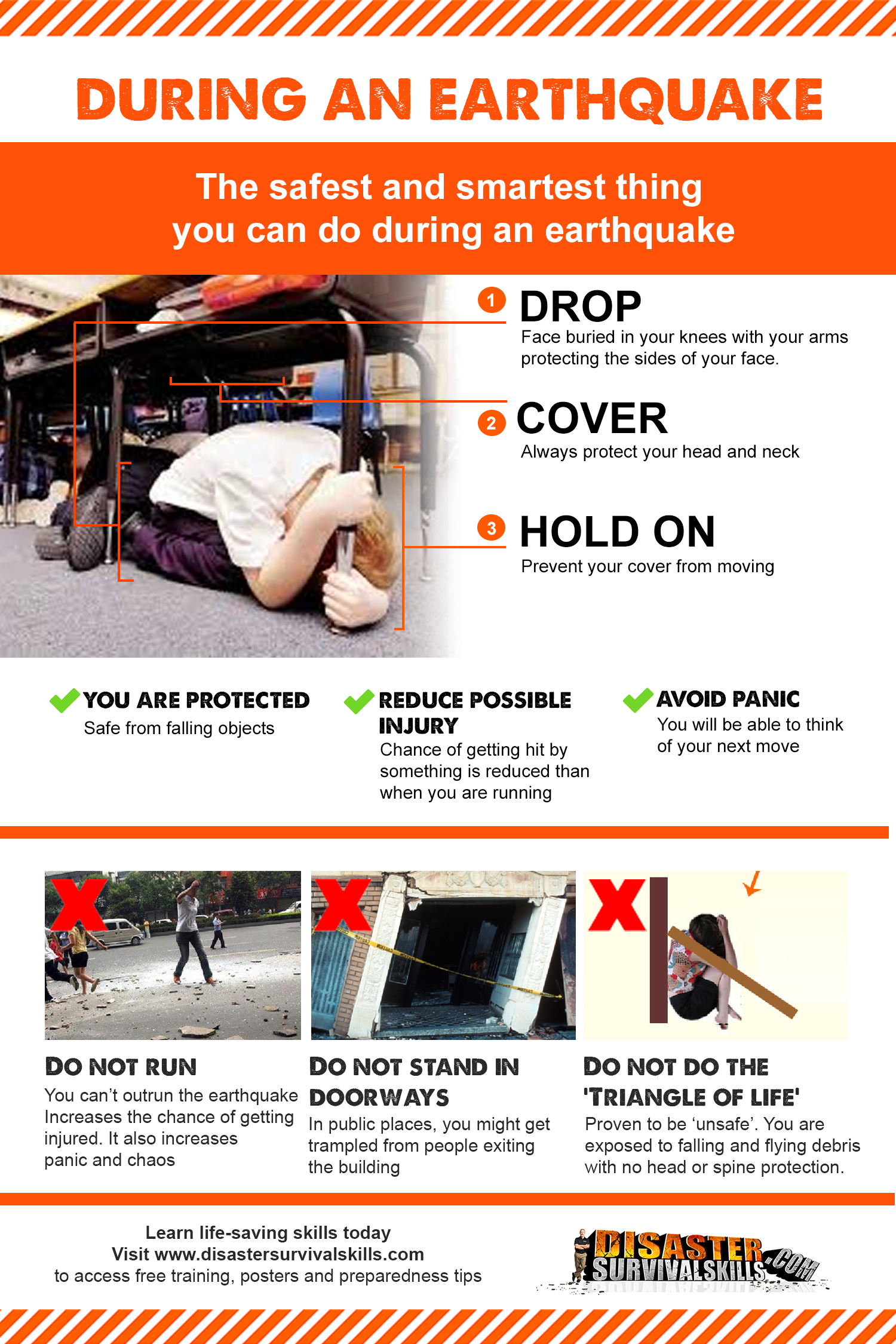Disasters can strike anytime, anywhere, with little to no warning. As such, being well-prepared is crucial, especially in schools where the safety of hundreds, if not thousands, of students is at stake. It's not enough to have a disaster preparedness plan in place; it must be comprehensive, well-practiced, and continuously updated. With this in mind, here are key tips and tactics for creating an effective disaster preparedness plan for your school, along with a special offer for a FREE tool to assist in your planning.
1. Incorporate SEMS/NIMS/ICS in Your Plan
The Standardized Emergency Management System (SEMS), National Incident Management System (NIMS), and Incident Command System (ICS) are organizational structures designed to streamline and improve the emergency response process. Incorporating these systems in your school's disaster preparedness plan can ensure a more organized and efficient response to a disaster, such as an earthquake.

2. Assemble a Capable Emergency Response Team
Your Emergency Response Team (ERT) is the backbone of your disaster preparedness plan. The team should comprise of individuals who are trained and capable of performing various roles, including Search & Rescue, Medical Operations (First Aid and Triage), Utility & Security, Assembly & Evacuation, and Family Reunification.

3. Prioritize Training and Practice Drills
Regular drills familiarize staff and students with the procedures to follow during a disaster. All staff and students should understand and practice the Drop, Cover, and Hold On protocol during an earthquake.

4. Secure Essential Supplies
In a disaster, access to essential supplies can mean the difference between life and death. Your school should have a well-stocked supply of emergency materials, including food, water, medical supplies, and tools for shutting off utilities.
5. Regularly Review and Update Your Plan
Disaster preparedness is not a 'set it and forget it' process. Your plan should be regularly reviewed and updated based on new information, changes in your school's layout or population, or feedback from drills and training.
But how do you start with assessing what your school might need in the event of a disaster? That's where our special offer comes in.
Free Disaster Survival Calculator for Schools
To assist schools in disaster preparedness planning, we're offering a FREE tool: the Disaster Survival Calculator for Schools. Available at this link, the calculator helps you assess your school's specific needs, from medical supplies to food and water provisions, based on your school's size and other relevant factors.
This invaluable tool gives you a clear picture of what your school needs to survive a disaster for 72 hours, allowing you to plan effectively and ensure you have the necessary resources on hand when you need them the most.
Disaster preparedness is an ongoing commitment that requires significant time and resources. But the safety and well-being of your school community are worth the investment. Equip your school with the knowledge, skills, supplies, and tools necessary for an effective disaster response, starting with our free Disaster Survival Calculator.

